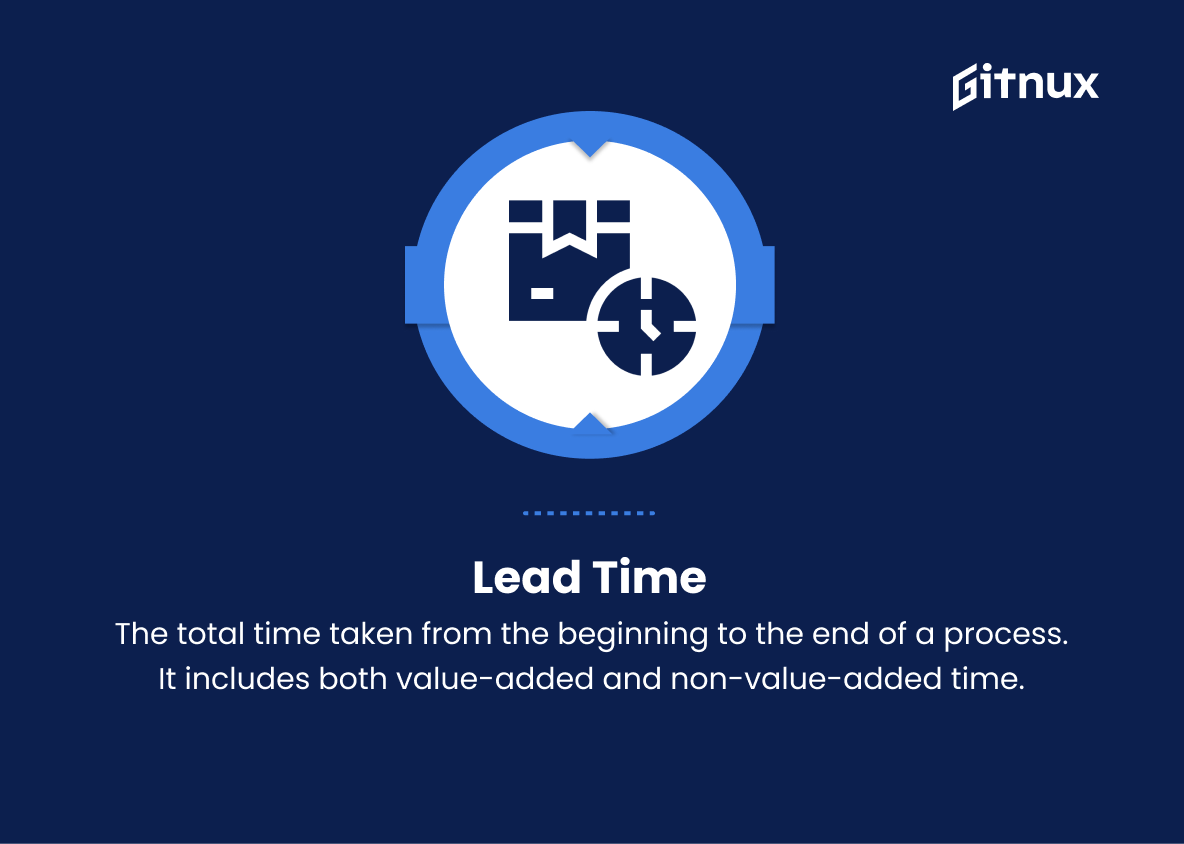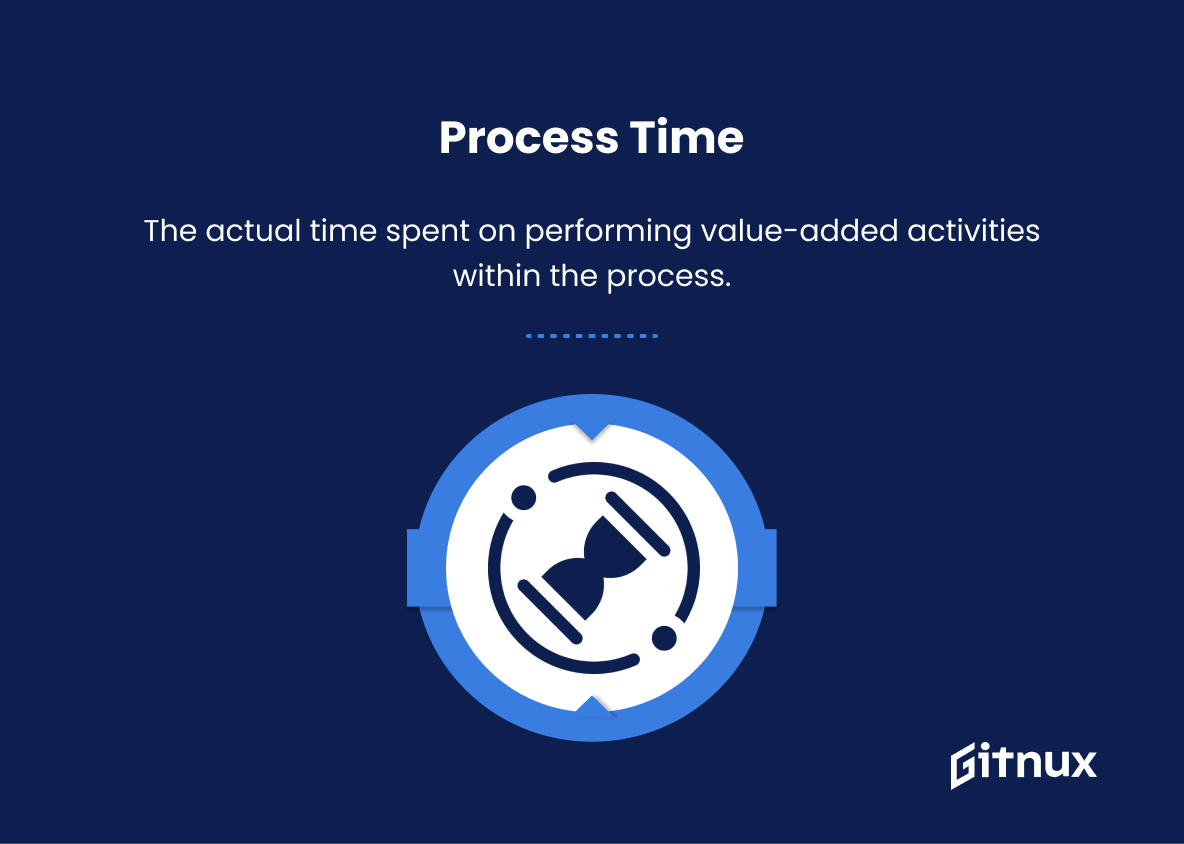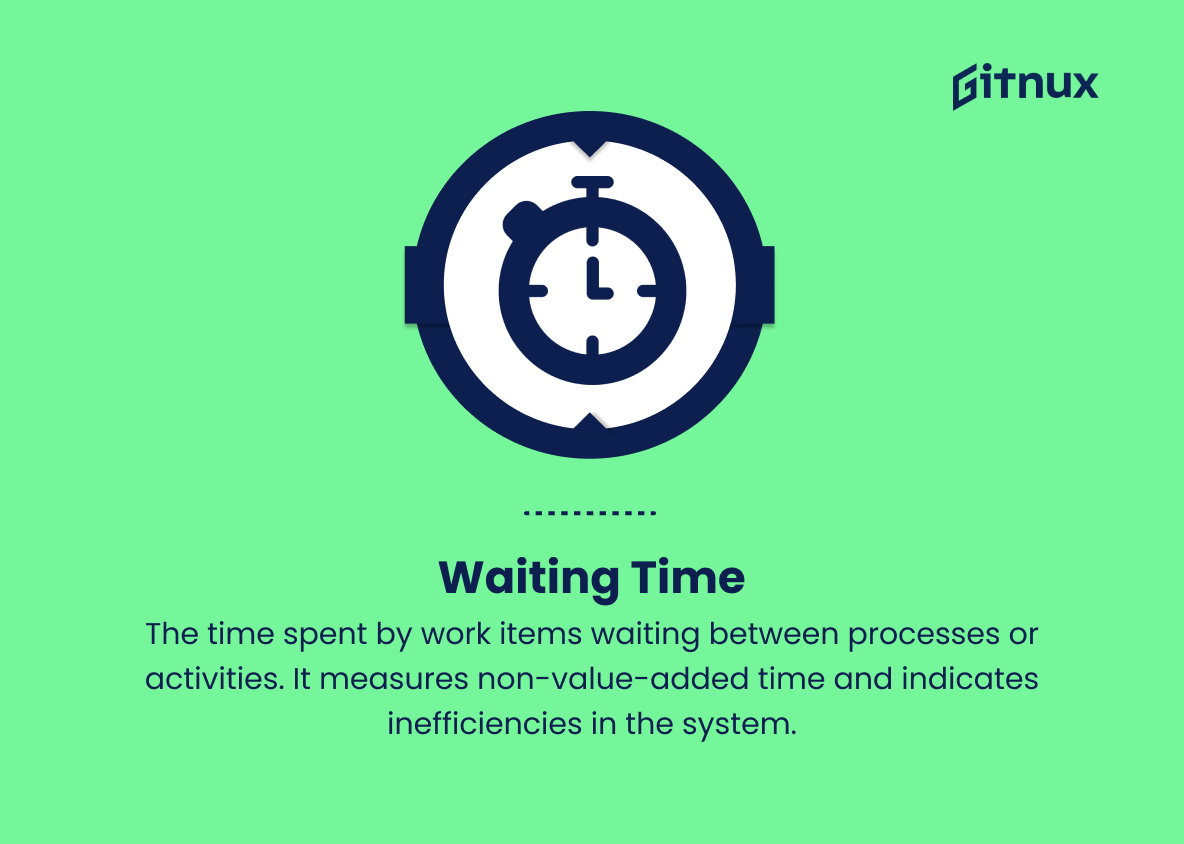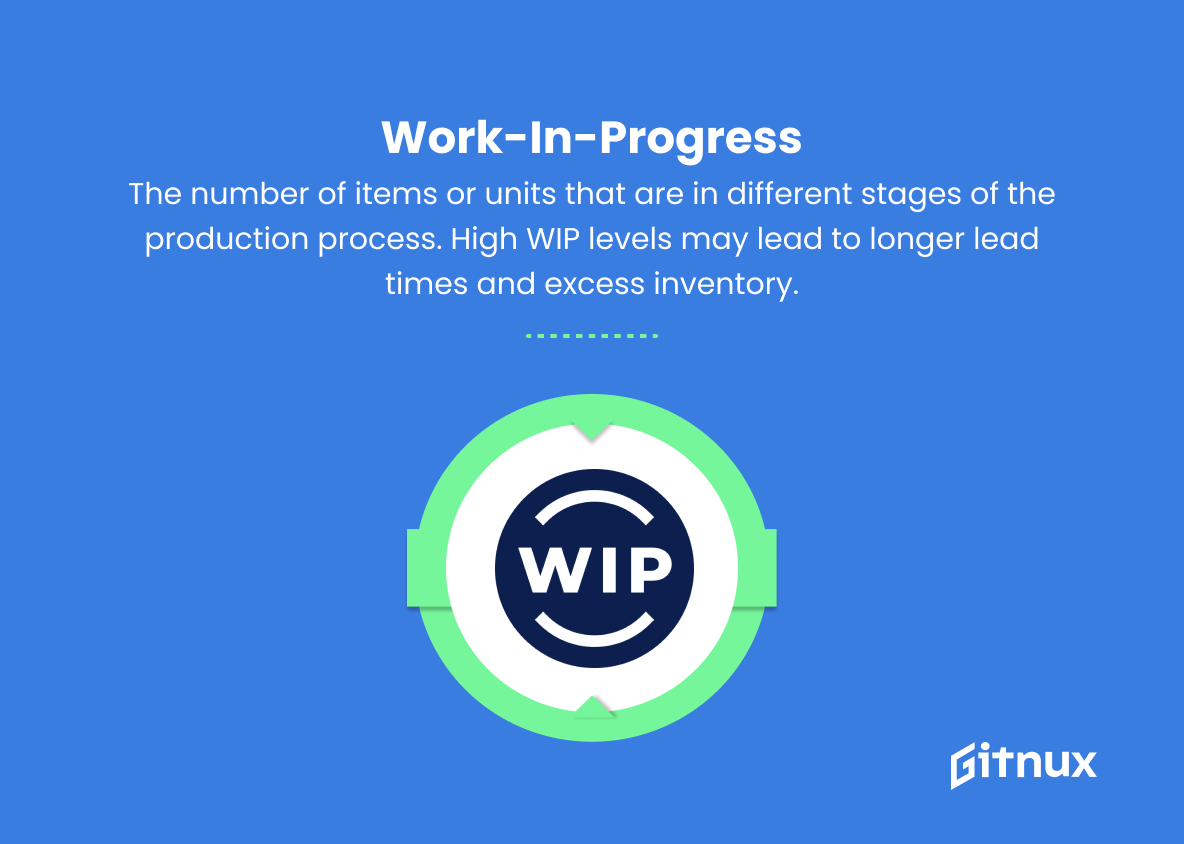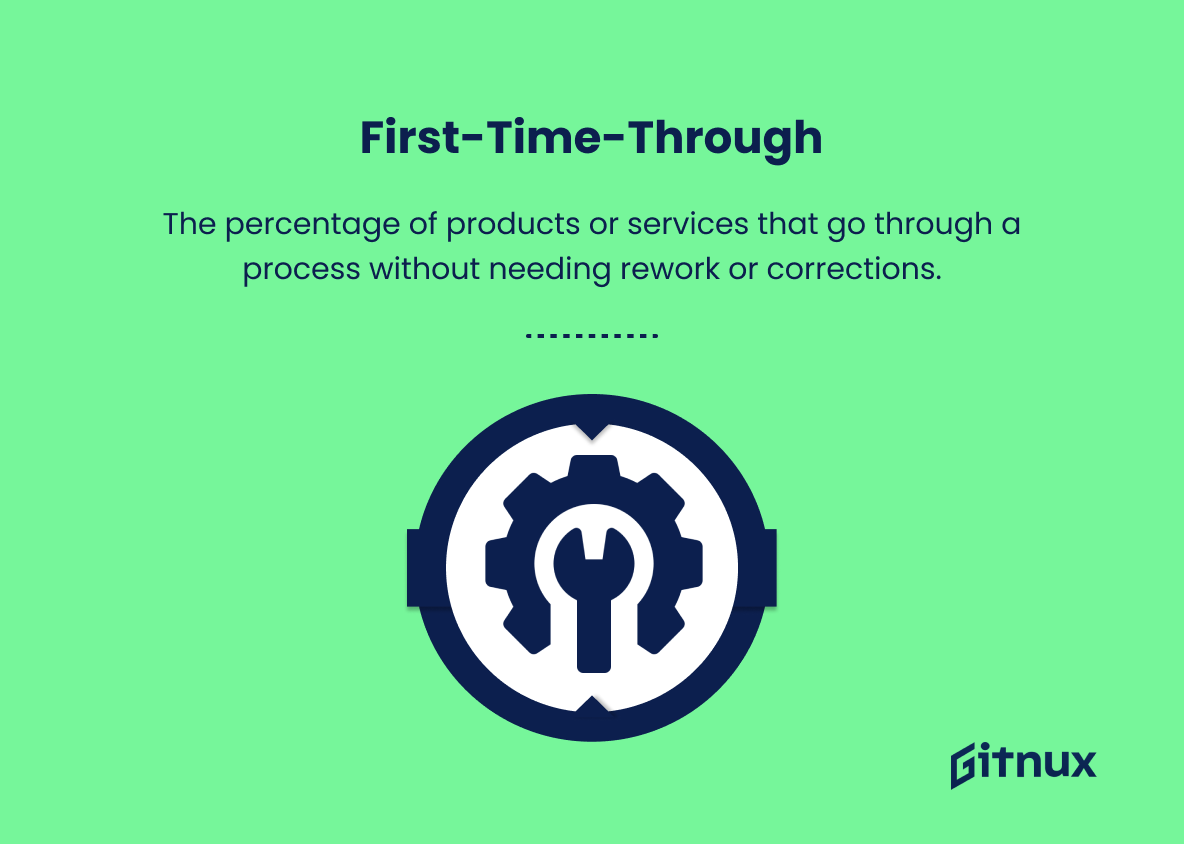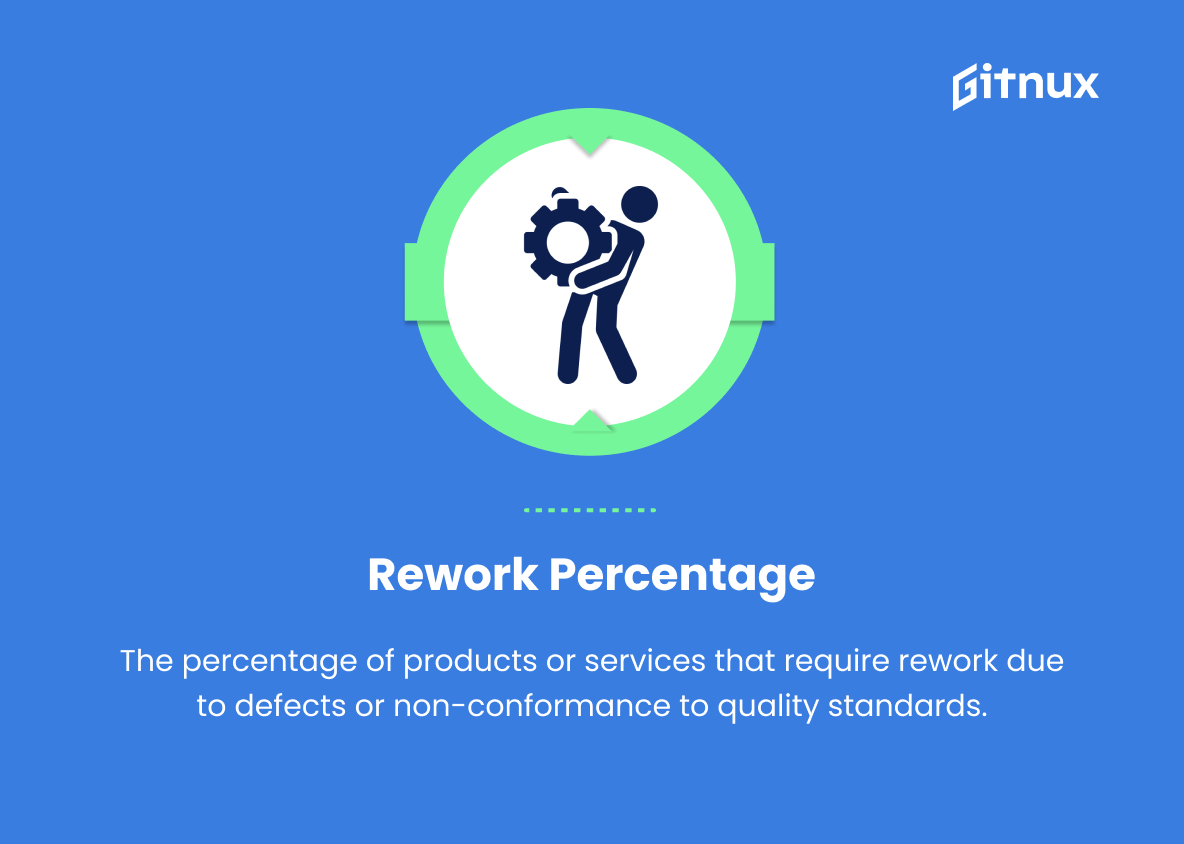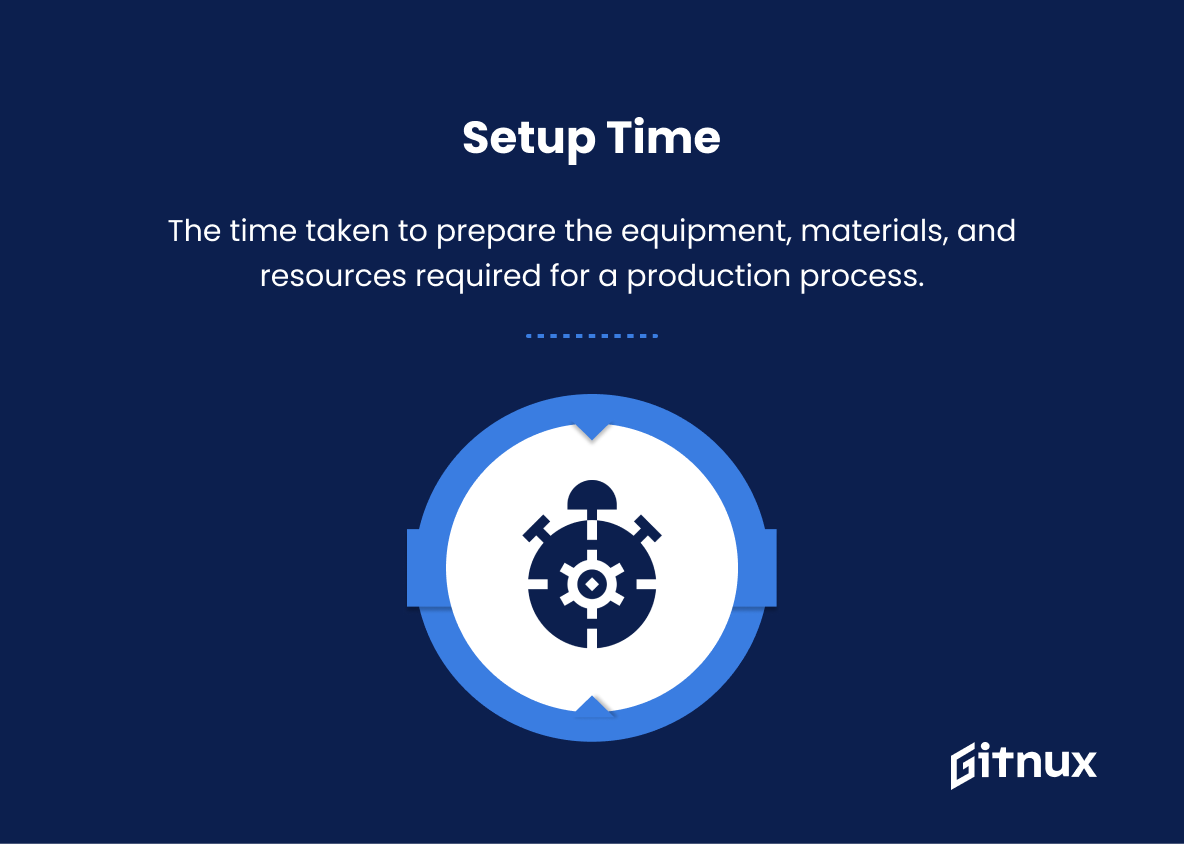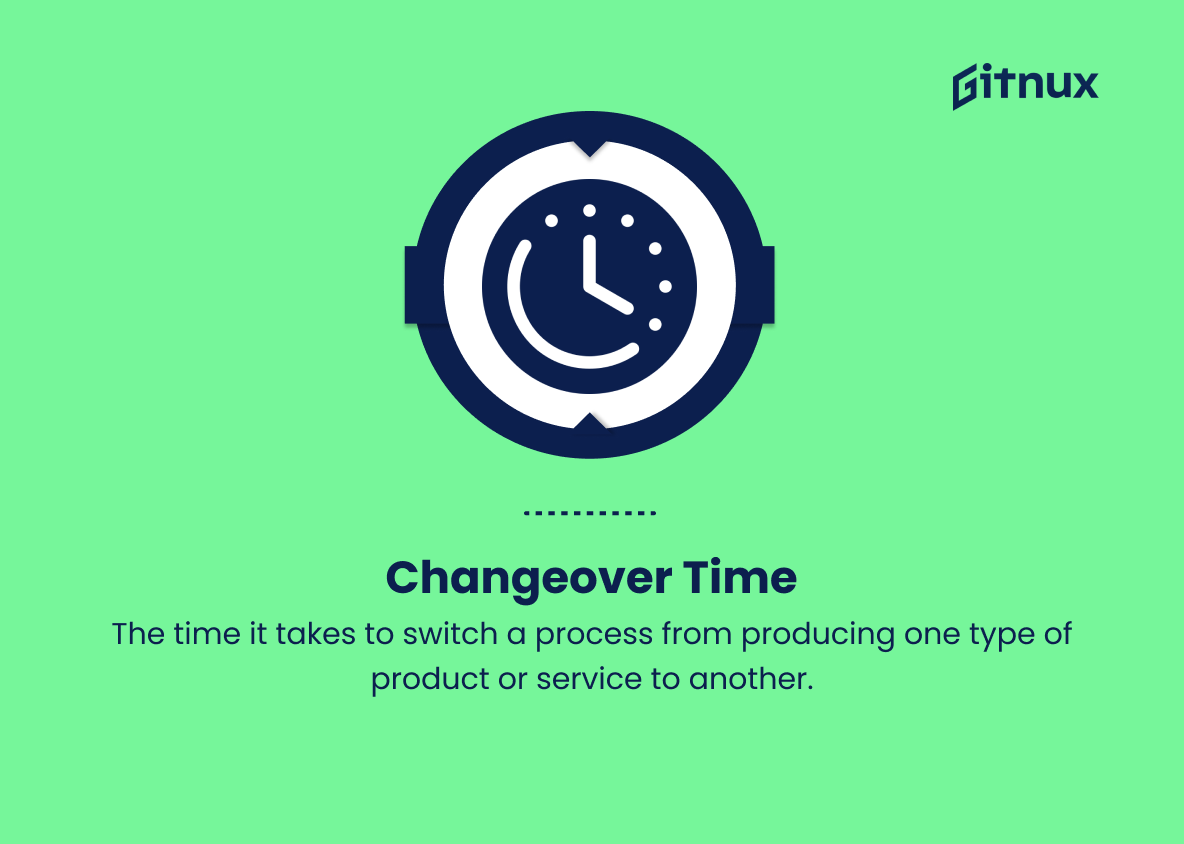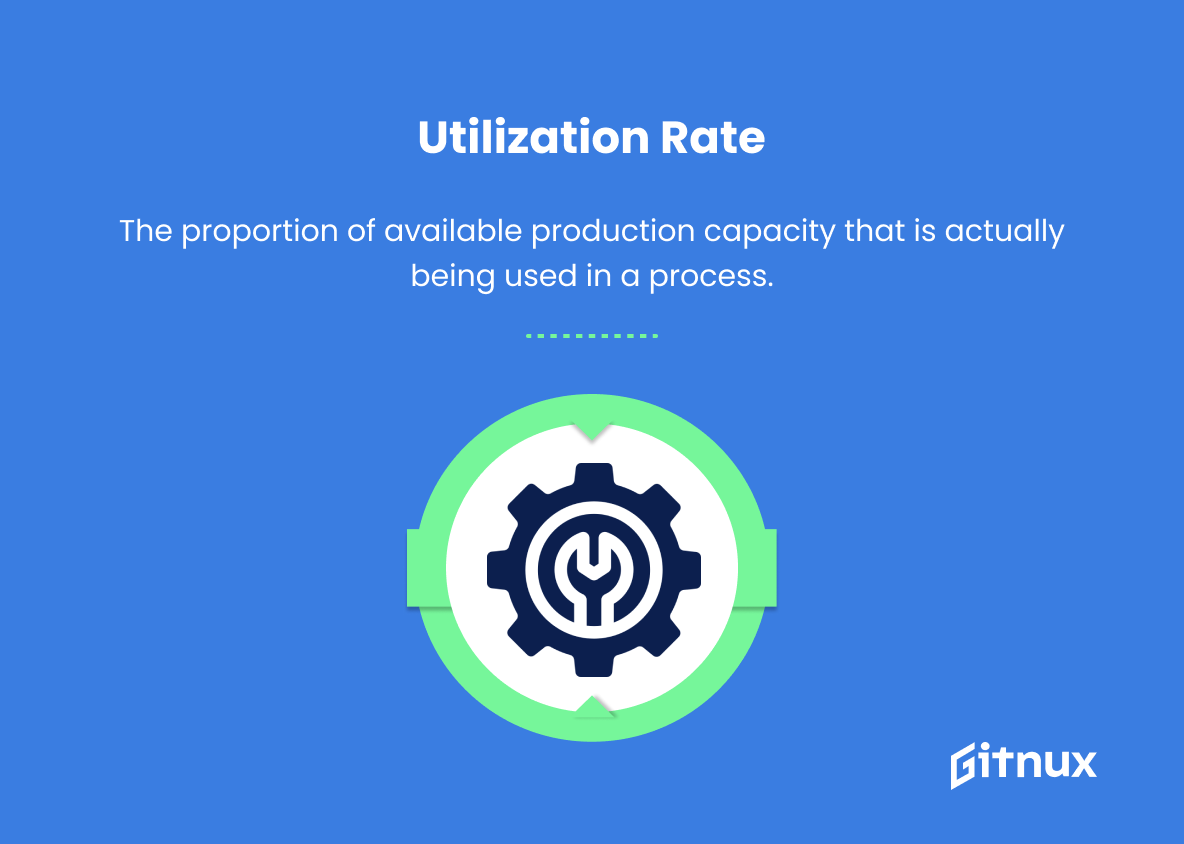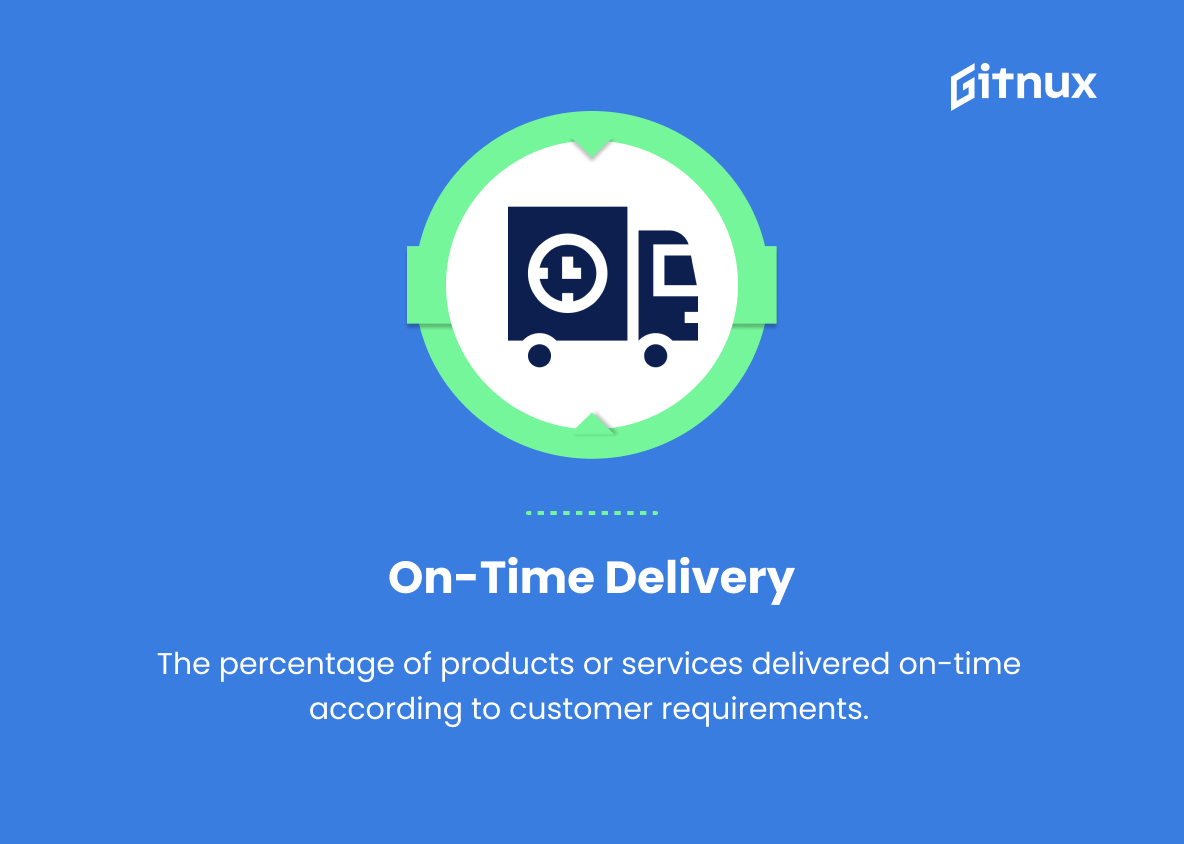Today’s fast-paced, ever-evolving business landscape demands optimal efficiency and productivity in order to achieve a sustainable competitive advantage. An increasingly popular methodology used across various industries and organizations to improve processes and reduce waste is Value Stream Mapping (VSM). This powerful visualization tool allows for a comprehensive analysis of every step involved in the flow of materials, information, and resources needed to deliver a product or service from beginning to end.
VSM enables companies to identify and track key performance indicators, thereby guiding the decision-making process towards continuous improvement. In this blog post, we’ll be delving into the intricacies of Value Stream Mapping metrics, exploring their relevance, effectiveness, and real-world applications. As we navigate this exciting yet complex territory, you’ll gain a deeper understanding of the ultimate goal: unlocking the full potential of your organization’s value streams for increased efficiency, productivity, and success.
Value Stream Mapping Metrics You Should Know
1. Lead Time
The total time taken from the beginning to the end of a process. It includes both value-added and non-value-added time.
2. Cycle Time
The time taken to complete one unit of a specific activity, typically measured from start to finish.
3. Takt Time
The available production time divided by customer demand. It signifies the maximum allowed time to match the rate of production with the rate of customer demand.
4. Process Time
The actual time spent on performing value-added activities within the process.
5. Waiting Time
The time spent by work items waiting between processes or activities. It measures non-value-added time and indicates inefficiencies in the system.
6. Work-In-Progress (WIP)
The number of items or units that are in different stages of the production process. High WIP levels may lead to longer lead times and excess inventory.
7. Value-Added Ratio
It measures the proportion of value-added time to total lead time, indicating the process efficiency.
8. First-Time-Through (FTT) rate
The percentage of products or services that go through a process without needing rework or corrections.
9. Rework Percentage
The percentage of products or services that require rework due to defects or non-conformance to quality standards.
10. Setup Time
The time taken to prepare the equipment, materials, and resources required for a production process.
11. Changeover Time
The time it takes to switch a process from producing one type of product or service to another.
12. Utilization Rate
The proportion of available production capacity that is actually being used in a process.
13. Efficiency Rate
The ratio of actual output to the maximum possible output, typically expressed as a percentage.
14. Yield
The number of good units produced divided by the total units produced, indicating the effectiveness of a process in producing quality products.
15. On-Time Delivery
The percentage of products or services delivered on-time according to customer requirements.
16. Customer Lead Time
The time it takes from the customer’s order to the delivery of the product or service.
17. Inventory Turns
The number of times inventory is replaced during a specific period.
18. Work Content
The total amount of work required to complete a specific process, activity, or product.
19. Bottleneck Analysis
The identification and analysis of constraints or limiting factors within a process that affects the flow and efficiency of value-added activities.
Value Stream Mapping Metrics Explained
Value Stream Mapping metrics play a crucial role in understanding the efficiency and effectiveness of a production process. Metrics such as lead time and cycle time measure the overall time taken for a process and individual activities, helping identify areas for improvement. Takt time ensures production rates align with customer demand, while process time and waiting time indicate value-added and non-value-added activities, shedding light on areas to optimize. Moreover, WIP levels, the value-added ratio, and the FTT rate pinpoint inefficiencies and the need for reworks, while setup time and changeover time identify streamlining opportunities.
Metrics such as utilization rate, efficiency rate, and yield provide insights into process performance and effectiveness. On-time delivery and customer lead time assess the organization’s ability to meet customer needs, while inventory turns and work content provide valuable data to optimize production and inventory management. Finally, bottleneck analysis helps organizations identify and address constraints that hinder productivity and the smooth flow of value-added activities, ultimately improving overall process performance.
Conclusion
In conclusion, Value Stream Mapping Metrics are indispensable tools for businesses seeking to enhance efficiency, reduce waste, and streamline processes. Through the identification of key performance indicators and the analysis of data generated from these metrics, organizations can make informed decisions to optimize their value streams.
By continually monitoring and iterating on these metrics, companies can foster a culture of continuous improvement and ultimately achieve a higher level of competitiveness in today’s ever-changing market landscape. Implementing Value Stream Mapping Metrics is a strategic investment that not only drives productivity and performance but also empowers organizations to remain agile, resilient, and adaptable for the long haul.
